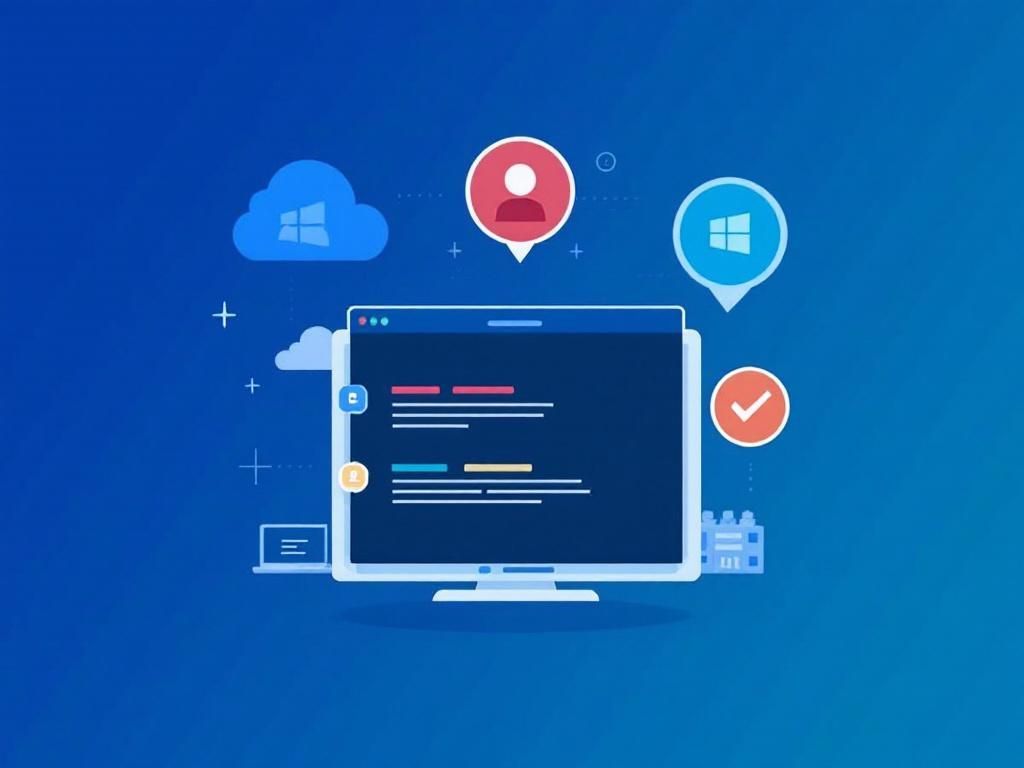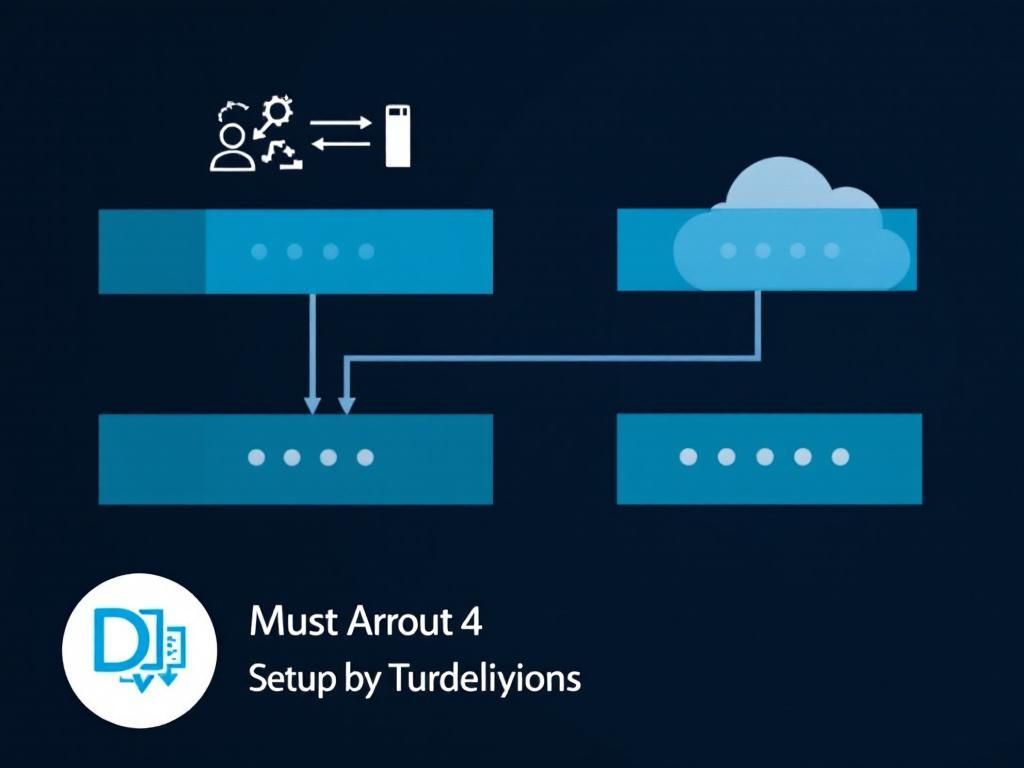Unlocking Agile Development with Cloud-Native Security
Explore how integrating cloud-native security into agile development enhances efficiency and protects your projects from vulnerabilities.

In the ever-evolving landscape of technology, Agile development and cloud-native security are two practices that have gained immense traction. Both methodologies have distinct advantages and play a critical role in the modern software development lifecycle. As businesses continuously seek to adapt to market changes and deliver high-quality software rapidly, the integration of Agile and cloud-native security emerges as a crucial strategy to ensure that security is not an afterthought but a fundamental component of the development process.
Table of Contents
Understanding Agile Development
Agile development is a framework that prioritizes collaboration, flexibility, and customer feedback. Unlike traditional waterfall models, Agile allows teams to work in iterative cycles, known as sprints, releasing functional software frequently. This approach enables developers to respond to changing requirements and improves the overall quality of the product.
Key Principles of Agile Development
- Customer Collaboration: Engaging customers throughout the development process for feedback.
- Iterative Progress: Delivering software in small, incremental releases.
- Adaptive Planning: Adjusting plans based on real-time feedback.
- Cross-Functional Teams: Collaborating across different expertise areas to enhance product quality.
Exploring Cloud-Native Security
Cloud-native security involves securing applications built specifically to operate in cloud environments. These applications leverage the cloud’s flexibility, scalability, and resilience, but they also introduce unique security challenges. Understanding these challenges is essential for effectively implementing security measures that align with cloud-native architectures.
Core Concepts of Cloud-Native Security
- Shared Responsibility Model: Security is a shared responsibility between the cloud provider and the customer.
- Zero Trust Architecture: Assume breach; implement strict access controls and monitoring.
- Runtime Security: Protect applications during execution, not just during development.
- Automation: Utilize automated security tools for continuous security assessments.
Integrating Agile Development with Cloud-Native Security
Combining Agile development practices with cloud-native security strategies allows organizations to deliver secure software more efficiently. Here’s how organizations can effectively integrate both paradigms:
1. Security by Design
Integrating security from the inception of the project ensures that security measures are not an afterthought.
| Phase | Action |
|---|---|
| Planning | Identify security requirements and compliance needs. |
| Development | Implement secure coding practices and conduct peer reviews. |
| Testing | Perform security testing alongside functional testing. |
| Deployment | Automate security checks in CI/CD pipelines. |
2. Continuous Monitoring and Feedback Loops
Agile emphasizes continuous feedback, and this can be extended to security as well. Implementing continuous monitoring tools helps teams identify vulnerabilities in real-time.
3. Training and Awareness
Regular training sessions for development teams on the latest security practices ensure that everyone understands the importance of security.
- Conduct workshops on secure coding practices.
- Share recent security incidents and lessons learned.
- Provide access to security resources and tools.
Benefits of Combining Agile Development and Cloud-Native Security
The fusion of Agile methodologies with cloud-native security offers numerous benefits:
Enhanced Security Posture
By integrating security into every phase of development, organizations can significantly reduce the risk of security breaches.
Faster Time to Market
Automation of security processes allows for quicker releases without compromising security.
Improved Collaboration
Cross-functional teams work together, promoting a shared responsibility for security.
Challenges in Merging Agile and Cloud-Native Security
While the combination of Agile and cloud-native security is advantageous, it is not without challenges:
1. Cultural Resistance
Shifting mindsets from traditional practices to Agile methodologies can encounter resistance from within teams.
2. Tooling Compatibility
Ensuring that existing tools can integrate seamlessly into Agile workflows requires thorough evaluation.
3. Compliance Complexities
Meeting regulatory and compliance requirements can pose challenges, particularly in dynamic Agile environments.
Conclusion
As the demand for rapid software delivery continues to grow, the collaboration between Agile development and cloud-native security becomes increasingly important. By embracing the principles of Agile while prioritizing security, organizations can enhance their development processes, reduce risks, and ultimately deliver high-quality software. The future lies in creating a culture where security is not just a checkbox but is ingrained in the development lifecycle.
FAQ
What is Agile development in the context of cloud-native security?
Agile development is a methodology that promotes iterative progress through small, incremental changes. In the context of cloud-native security, it emphasizes rapid adaptation to security challenges while maintaining the flexibility and speed of cloud deployments.
How does cloud-native security enhance Agile development?
Cloud-native security enhances Agile development by integrating security practices directly into the development process, allowing for faster identification and mitigation of security risks while maintaining agility.
What are the key principles of combining Agile development with cloud-native security?
Key principles include continuous integration and delivery, automated security testing, real-time monitoring, and fostering a culture of shared responsibility for security among development and operations teams.
What tools can be used to implement cloud-native security in Agile development?
Tools such as container security platforms, continuous integration/continuous deployment (CI/CD) pipelines with built-in security checks, and automated vulnerability scanners are essential for integrating cloud-native security in Agile development.
How can teams ensure compliance while following Agile development practices?
Teams can ensure compliance by incorporating compliance checks into the CI/CD pipeline, utilizing automated tools for policy enforcement, and maintaining documentation that aligns with regulatory requirements throughout the development lifecycle.
What are common challenges when integrating Agile development with cloud-native security?
Common challenges include managing rapid changes without compromising security, ensuring all team members are trained in security best practices, and coordinating between development and security teams to align goals and methodologies.







